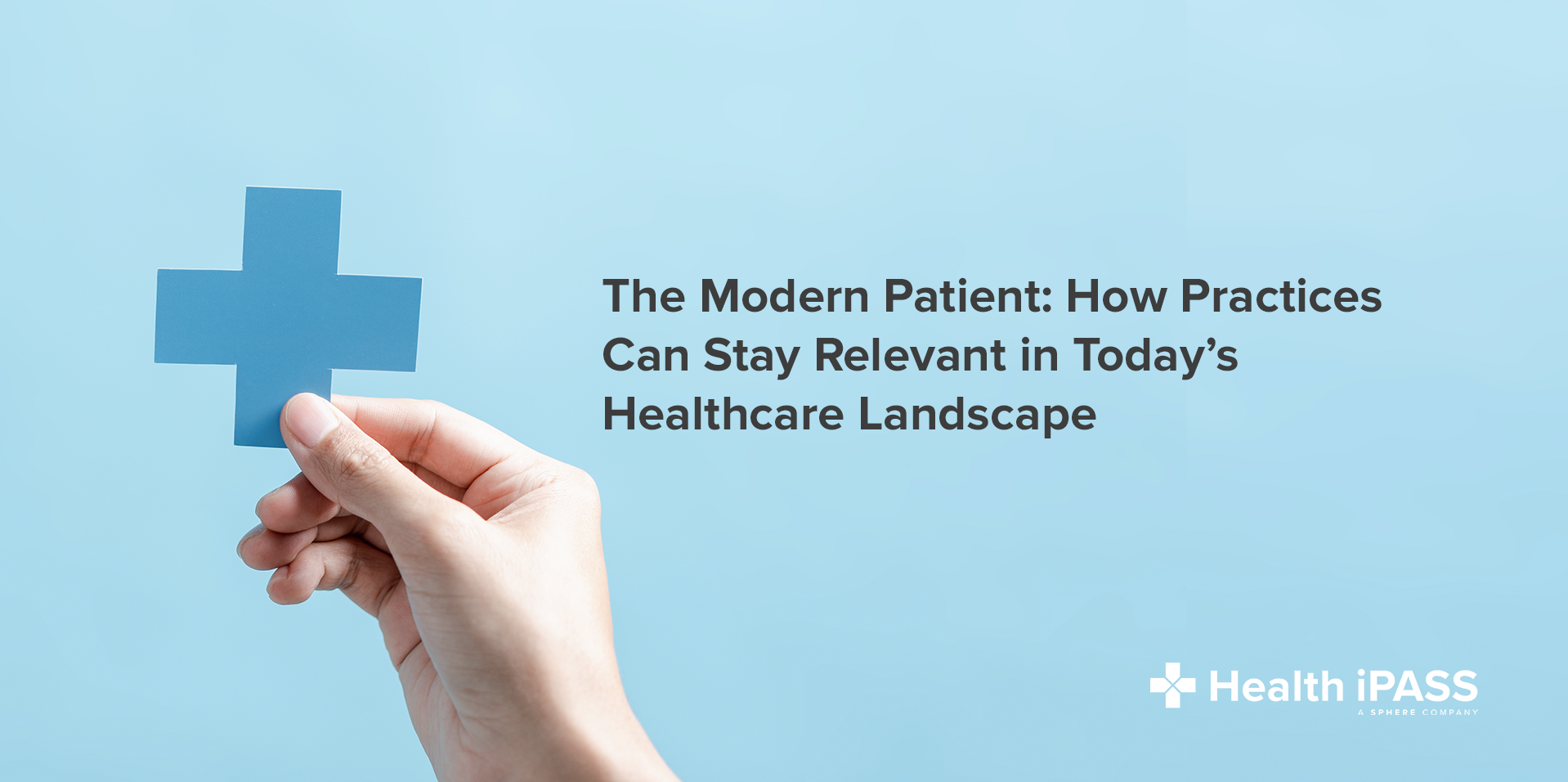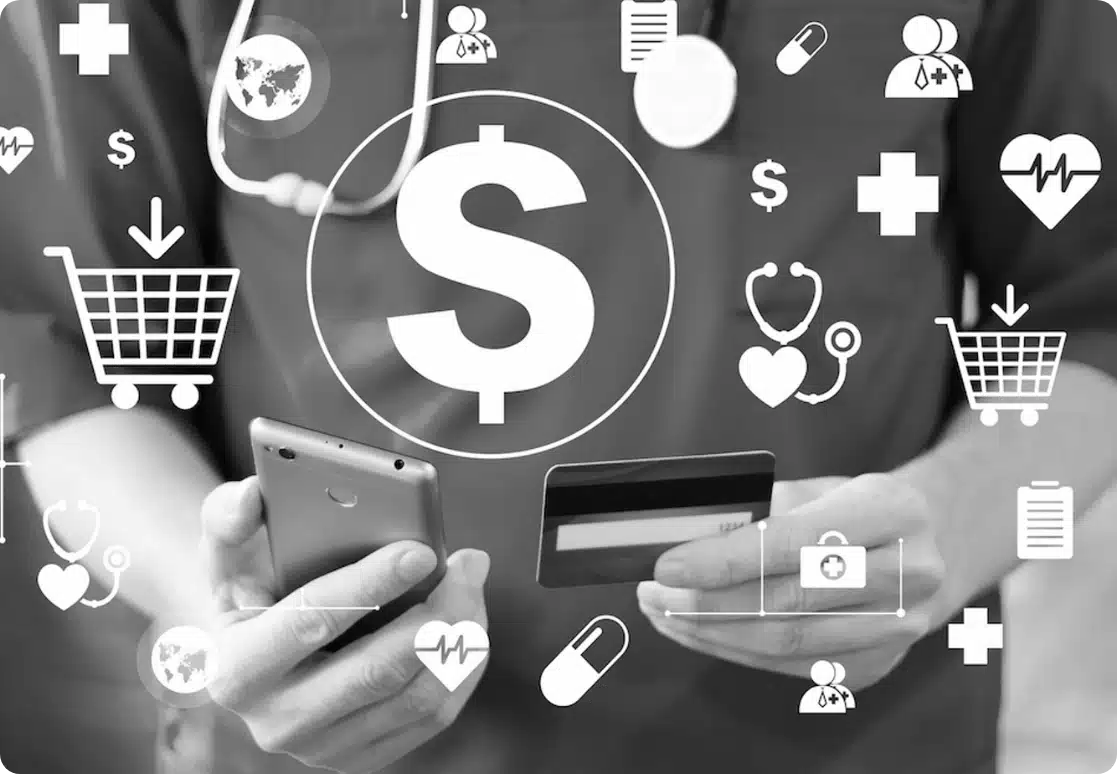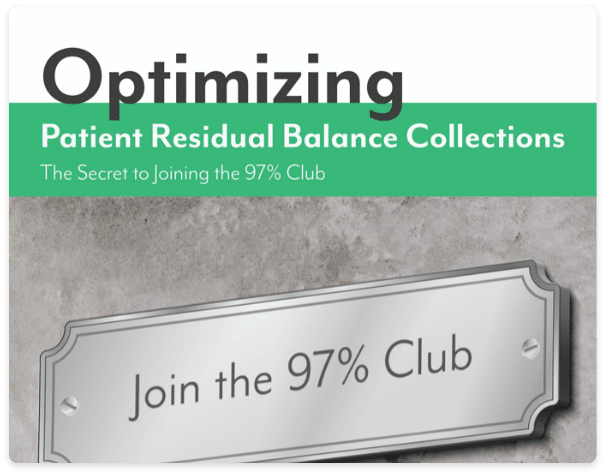To succeed in today’s ever-evolving, customer-centric world of healthcare, medical practices need to stay relevant. Today’s healthcare consumers are more demanding, which is not necessarily a bad thing. People are taking a more active role in their personal care, and this means they expect more from their medical providers. The complete healthcare journey really begins before arrival and ends long after the visit concludes. We explore the steps practices can during the patient journey to create the best experience possible and stay relevant to the modern patient.
Pre-arrival: Convenience is king
A positive patient experience is not limited to the time between when a patient enters the office and leaves though the door at the end of their appointment. Healthcare of only a few decades ago looks vastly different. We now live in a digital world. For a practice to thrive, a digital-first mentality needs to be embraced. Gone are the days when it would be acceptable to expect a patient to wait on hold for an extended amount of time to schedule an appointment over the phone. We know that a traditional office experience that included long wait times and loads of paperwork to complete would also frowned upon. Patients simply expect faster, more streamlined experiences in our fast-paced world. They expect the same automated, user-friendly technology they use in other industries. Thankfully, modern advancements create convenience. Online self-scheduling allows an appointment to be created when it is convenient for the patient. Solutions offering digital intake can reduce wait times. It’s a common occurrence to see tablets used at check in, and that will continue to grow. When such technology is incorporated, long gone are the clipboards filled with time-consuming forms. The outcome is simple: easier in-person processes lead to a better patient experience.
Point of service: Why transparency is a requirement
Patients are used to shopping around for the best price. While that isn’t always possible when it comes to healthcare services, people do expect to know their financial responsibility. Imagine if a patient believed a visit was going to cost $200 after insurance was applied, but then a bill was delivered in the mail that showed the outstanding balance to be $500. Understandably, this would make for an agitated patient. And as patient costs continue to increase in the forms of higher deductibles and rising out of pocket dues, it should not come as no surprise that patients are taking a more active approach to their health financials. Cost estimation tools make it possible to offer a clear, accurate picture of the cost of care. This has come to be expected by patients, and transparency a necessity in today’s world. A well-informed patient is more likely to pay accurately and on time, which improves overall collections.
Post-service: Meeting consumers where they are
When charges grow and costs rise, payees come to expect more from their experience. Part of this includes an expectation of the same efficiency consumers experience when shopping online or ordering delivery services. Just as online payment is possible in these examples, the functionality is a must when it comes to healthcare payment processes. Communicating with automated eBills and text-to-pay functionality, and then offering patients an easy way to pay through an online portal or through payment options, are necessities that practices cannot afford to ignore.
We are used to seeing integrated technology though the use of items online portals, apps, handheld monitoring tools and more, and it’s only going to continue. The use of consumer-friendly AI has been integrated into fields like banking and entertainment for years, but the healthcare industry is catching up. According to a Market Study report, the artificial intelligence segment within healthcare is projected to grow by 40 percent between 2017 and 2024. It’s been said that medical coding and revenue cycle management is the next segment ripe to incorporate AI. By incorporating automation and artificial intelligence, practices can become more efficient and patient-friendly, while reducing operational costs and improving the patient experience at the same time.
These payment solutions and advanced technology solutions allow patients to quickly and easily pay outstanding balances. User-friendly solutions are a great way to accelerate collections while reducing the cost it takes to collect. The bottom line? These best practices are solutions that should be incorporated for continued improvement and growth.
Gaining and retaining
If it’s feasible, most practices want to expand their patient base. More patients equal more revenue, right? If a practice is looking to grow, there are a few ways to attract new arrivals. Healthcare consumers of all ages and backgrounds are likely to research a potential practitioner before committing to an appointment. And there are they most likely to do so? Online. This could mean a visit to a practice’s website, but more likely than not, an online search is bringing up reviews. 71 percent of patients use online reviews as the very first step to finding a new doctor, according to a 2020 survey conducted by Software Advice. And they find these reviews compelling; 80 percent of respondents say they trust online reviews as much as personal recommendations.
Positive reviews are a result of positive experiences, so practices need to take the steps necessary to ensure patients leave the office happy. And while more patients walking through the door can lead to increased cash flow, it will only be temporary if those new patients don’t return. It all tracks back to the need for practices to put patients first. To do so, operations need to be optimized to make the patient experience as seamless and pain-free as possible.
The modern practice
When an industry is constantly evolving, the onus is on businesses to stay ahead of the shift. We already discussed the rapid pace at which consumer expectations and technology advances, so now it’s up to healthcare organizations to put in the work. A focus on financial transparency, convenience and the overall patient experience must be ingrained into the day-to-day workflows of a practice. If practices choose not to adapt, they risk losing their client base to a more modern, patient-friendly option. Determine what your patients want and learn about the latest best practices. Research emerging technology and stay up-to-date on social media trends. Prompt your patients to leave reviews, then read them and make any necessary changes based on the feedback. Incorporate the technology and automation that offers user-friendly, convenient solutions to your patients like online scheduling and online pay portals.
Healthcare is continuously developing. Practices should aim to stay on top of trends and emerging technologies to not fall behind. Taking a proactive approach can improve communication and satisfaction, minimize patient frustration and increase efficiencies. Staying ahead of the curve has it benefits.






